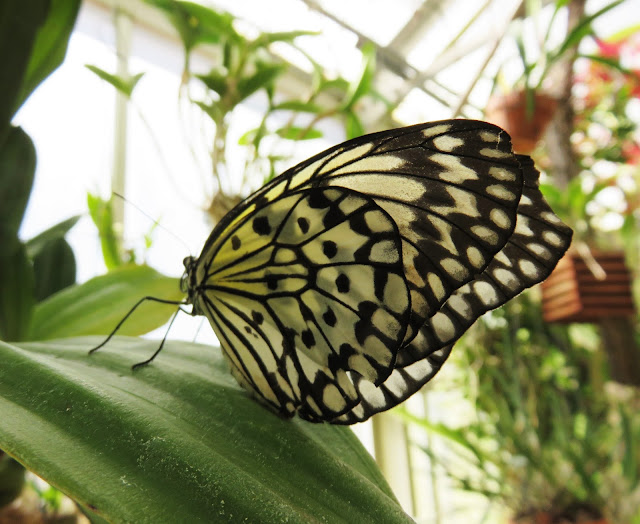Mount Lemmon, named for botanist Sara Plummer Lemmon, lies 45-miles north of Tucson and is the highest point in the Santa Catalina Mountains in the Coronado National Forest. The story goes that Sara and her husband John honeymooned in these mountains in 1880, and with the aid of E.O. Stratton, they eventually scaled the tallest peak, which they named in her honor – one of the few mountains named for a woman.
Frequent
winter storms occurring here between mid-December and April deposit up to 200
inches of snow annually, but with temperatures ranging from 20 to 50 degrees
Fahrenheit, the weather is often mild enough to ski in a sweater and jeans. However,
the ski slopes are not groomed, which makes even the mild terrain challenging.
The ski
lift runs even during the off-season taking visitors for a scenic Sky Ride from
about 8200 foot elevation, to the summit at 9100 feet, covering about a mile
over a 30-minute ride. (The day we were there the wind was blowing pretty hard,
so the lifts weren’t operating.) Besides the ski resort, at the peak of the
mountain is the Mount Lemmon Steward Observatory. Housed here are telescopes used for
astronomical research by organizations such as the Catalina Sky Survey, The
Mount Lemmon Sky Center, and the University of Arizona Astronomy Camp program,
making this a unique research and teaching destination.
If
skiing isn’t your thing, traversing the Mt. Lemmon Scenic Byway to the top of
the mountain (once the snow melts) is a drive not to be missed. The views alone
along this 27-mile stretch of road make the drive well worth it, especially if
you plan plenty of time for stopping in the multiple scenic viewpoints along
the way. Here you will find stunning views
of hoodoos (stacked rock formations), canyons, mountains, desert landscapes,
and as you get higher and higher, vegetation more typical of a mountain forest.
On the
way down the mountain, Dan and I stopped at a few of the many hiking trails to
get a little walking in, and to take in the scenery. We found wildflowers in
bloom, busy bugs, nearly dry creek beds, and possibilities for future day
hikes. It is easy to see why this area has been named one of the most scenic drives
in southeast Arizona.

































































